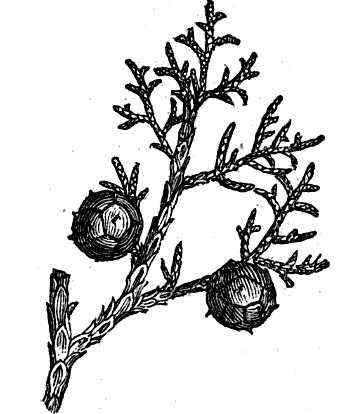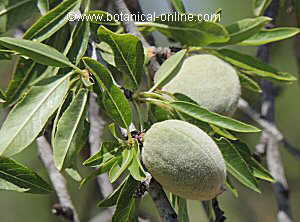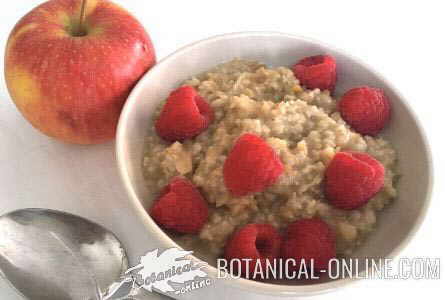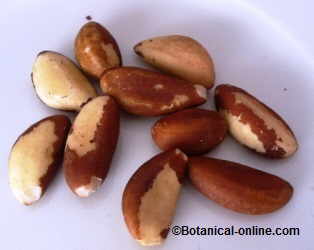Contents
- 1 Characteristics of vitamin B9
- 1.1 CHARACTERISTICS, FUNCTIONS AND BENEFITS OF FOLIC ACID OR VITAMIN B9
- 1.2 What is folic acid?
- 1.3 How to obtain folic acid?
- 1.4 When to take folic acid?
- 1.5 Importance of folic acid
- 1.6 Symptoms of folic acid deficiency
- 1.7 Where can folic acid be found?
- 1.8 Folates are destroyed during cooking
- 1.9 Folic acid supplements
- 1.10 Special folic acid needs
Characteristics of vitamin B9
CHARACTERISTICS, FUNCTIONS AND BENEFITS OF FOLIC ACID OR VITAMIN B9
What is folic acid?
Folic acid (Vitamin B9), also called folacin or folate, is a water soluble vitamin of the vitamin B group.
The name “folic” comes from the Latin “folia” meaning leaf.
The reason for this name is due to the fact that this vitamin was first discovered in the 40s in the leaves of spinach.
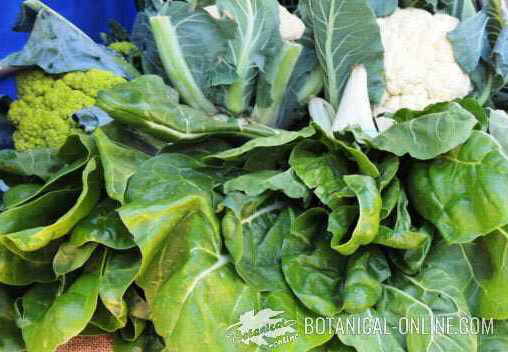
Photo of Swiss chard, broccoli and cauliflower. The most folate-rich foods are green leafy vegetables
How to obtain folic acid?
In fact, folic acid should call the form produced by synthesis, while, when it comes from the foods, we should call it folacin.
From a purely chemical standpoint, it is called pteroylmonoglutamic acid or pteroylglutamic acid.
When to take folic acid?
Folic acid is essential for the proper functioning of our body. At the cellular level its importance lies in its role in the synthesis of DNA (deoxyribonucleic acid or element of the cell that contains and transmits genetic characteristics) and RNA (needed for the formation of proteins and other cellular processes).
Thus, for cells to properly duplicate need the presence of this vitamin.
Importance of folic acid
This is not their only function but folic acid is also involved in other processes that affect the heart, nervous system, the formation of the fetus, etc.
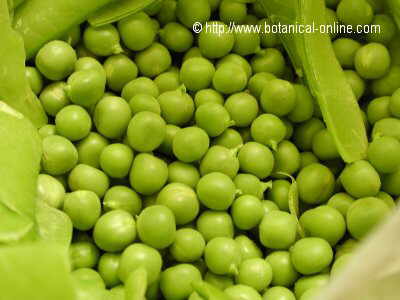 Photo of peas. The most important dietary sources of folic acid come from green vegetables
Photo of peas. The most important dietary sources of folic acid come from green vegetables
Its importance is such that, in 1998, the FDA (Food and Drug Administration Food and Drug Directorate = U.S.) ordered to add this component to many consumer staples such as bread, pasta or cereals.
Despite this, in recent studies, it has been found to provide 88% of the U.S. population consumes less than the amount recommended basic or RDA.
Symptoms of folic acid deficiency
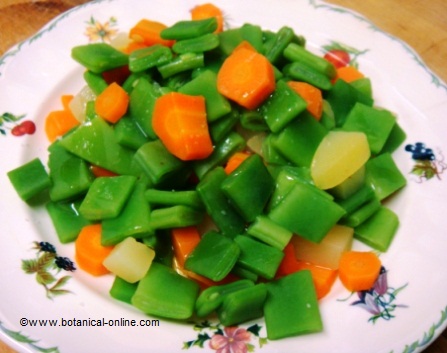 Recipe of boiled vegetables. People with vitamin B9 deficiency should increase the dishes with green vegetables
Recipe of boiled vegetables. People with vitamin B9 deficiency should increase the dishes with green vegetables
The main symptoms of the deficiency of this vitamin are:
- Megaloblastic Anemia
- Weakness
- Paleness
- Slimming
- Lack of appetite
- Nausea
- Tongue sores
- Tachycardias
- Diarrhea
- Depression
- Lack of memory
- Bad humor
Where can folic acid be found?
This vitamin can be obtained from the following sources:
- Food of animal origin: This vitamin appears very little in animal sources. Can only be found in significant proportions in the liver of chicken and beef. The milk or milk derivatives contain very low amounts.
- Plant foods: The legumes, whole grains, green leafy vegetables and some fruits are the richest in this vitamin. Among the richest we have the chickpeas, beans, lentils, spinach, asparagus, avocados, oranges, cabbages, cauliflower, wheat germ or whole bread. (See list of foods rich in folic acid)
Folates are destroyed during cooking
We must bear in mind that the manipulation of foods rich in folacin can destroy more than half of its content.

Folic acid is very important for pregnancy because it prevents malformations in the fetus
Among the factors that must be taken into account are:
- Cooking with prolonged water (It is better to eat them raw or steam or with little water),
- Reheated meals (it is better to eat the food and not leave leftovers)
- Storage of food at natural temperature destroys up to 70 (preserve the vegetables in the fridge)

Certain medications, such as those taken by people with arthritis, prevent the normal absorption of folic acid from food
Folic acid supplements
The ingestion of folic acid supplements may be necessary in special circumstances when the diet may not be able to provide individual needs.
The usual dose is usually 400 mcg daily, combined with 1000 mcg of vitamin B12, since folic acid decreases the levels of this last vitamin
Special folic acid needs
Between the people who have folic acid special needs we have:

Older people are more likely to have deficits of folic acid
- Old or people majors that live single or in institutions badly directed: Since it is a water soluble vitamin, she destroys herself easily when manipulating it. Repeated overheatings, badly storage of foods, etc. We do not have to forget that, as of the 65 years, the organism has in addition less capacity to absorb this vitamin.
- Pregnant or nursing Women: Part of this vitamin transfers to the fetus or the baby. In order to avoid problems of bad formation or incorrect growth in the baby it is best to ensure an additional amount.
- People who smoke: Tobacco is responsible for a bad absorption of vitamins of group B.
- Alcoholic People or who drink habitually: Alcohol produces bad absorption of vitamins or a destruction of the same.
- People with problems of frequent evacuations: Intestinal patients with habitual depositions ( Crohn’s disease , ulcerous colitis or similar) have a bad absorption of this vitamin.
- Certain medicines: Some medicines block the absorption of folic acid. Between all of them we have: the contraceptive pills, certain medicines for cancer, inflammatory arthritis, etc.
– Folic acid diet during pregnancy
![]() More information on vitamins.
More information on vitamins.
| Vitamin B1(Thiamin) | Vitamin B2(Riboflavin) | Vitamin B3(Niacin) |
| Vitamin B5(Pantothenic acid) | Vitamin B6(Pyridoxine) | Vitamin B7(Biotin) |
| Vitamin B9(Folic acid) | Vitamin B12(Cobalamin) | Choline |
| Inositol | PABA | Lipoic acid |
![]() More information about vitamins.
More information about vitamins.


